- Friday, 4 July 2025
Gender-friendly Budget
Education is the bedrock of modern society, underpinning everything from economic growth to civic sense. With rapid advancement in technology, society has undergone a sea change. To keep up with people's changing aspirations, societies worldwide are in a state of flux. The changes have been so radical and pervasive that one now needs years of good education even to function in society. A holistic education not only prepares pupils for the real world and secures their future financially, but also instils in them an unshakeable sense of duty towards immediate society, and to a large extent, the world. As such, the importance of education is second to none. According to a news report carried by this daily the other day, the national education budget is on a decline, shrinking to 11 per cent from 15 per cent in a decade, even as the share of public service type expenditure rose sharply from 32.per cent in 2014/15 to 44.49 per cent in 2018/19.
The recommended benchmark for budget allocation in education is 20 per cent. Making matters worse is the widening gender gap. A major study on the Gender Responsive Budget (GRB) has found that while more than half of the budget responding to gender is called directly responsive, most local government spending on education is simply gender neutral. It also concluded that provincial disparities are extremely high in the education sector. This explains why 47.44 per cent of students in Bagmati province scored a GPA between 3.6 and 4, while only 1.18 per cent of students in Karnali Province made that achievement in SEE examinations for 2023.
The importance of gender-responsive education cannot be overstated in ensuring equitable learning environments and opportunities for all students, promoting gender equality. By making education inclusive to the needs of both girls and boys, it can empower individuals, address the challenges of gender-based inequalities, and contribute to a more just and equitable society. Experts argue that simply allocating funds is not enough, a gender-responsive decision-making process is indispensable to effectively address gender inequality. In a world where women's participation in the workforce is increasingly encouraged to step up the task of nation-building and also to boost the nation's productivity, we cannot afford to sideline the role of women to the margin if we are to see the government's mantra of rapid economic development translated into tangible outcome.
The shrinking budget for the education sector bodes ill for the country's future. There's already a dire shortage of skilled manpower, a gap increasingly filled by foreigners. Overcoming this challenge necessitates a high investment in quality education. When an education budget is slashed, the effort at universal education will be among the first casualties. Universal education ensures that all individuals, regardless of their background, location, and abilities, have equal access to educational opportunities. It aims to expand the reach of education by addressing diverse needs. This includes not only access to basic education but also higher education and vocational training.
Almost every country accords top priority to its education budget, and rightfully so. Public education institutions are indispensable in guaranteeing universal access to education. As spelled out in our constitution, the state's responsibility to provide affordable, high-quality education through publicly owned institutions is a cornerstone of our socialism-oriented federal democratic republic. The government should rethink its decision and raise the education budget to the recommended benchmark. Evidences show that investment in quality education yields handsome returns, though it may take some time.

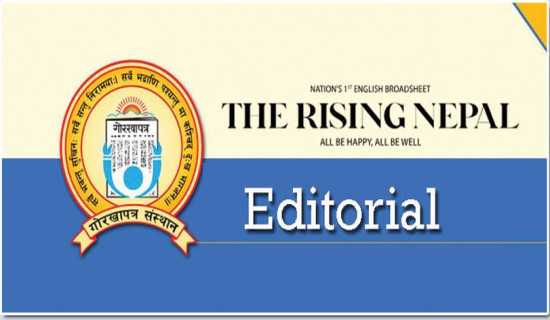
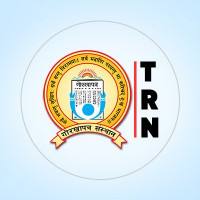

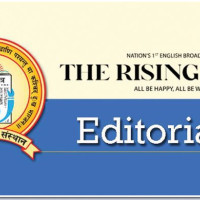







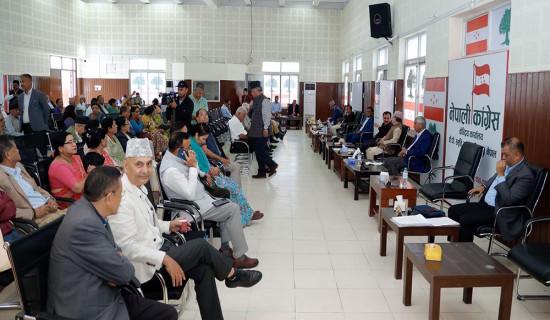


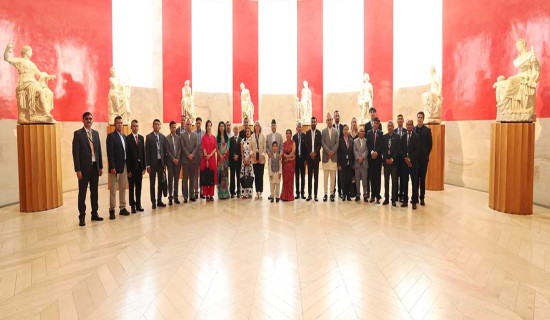
-original-thumb.jpg)
-original-thumb.jpg)